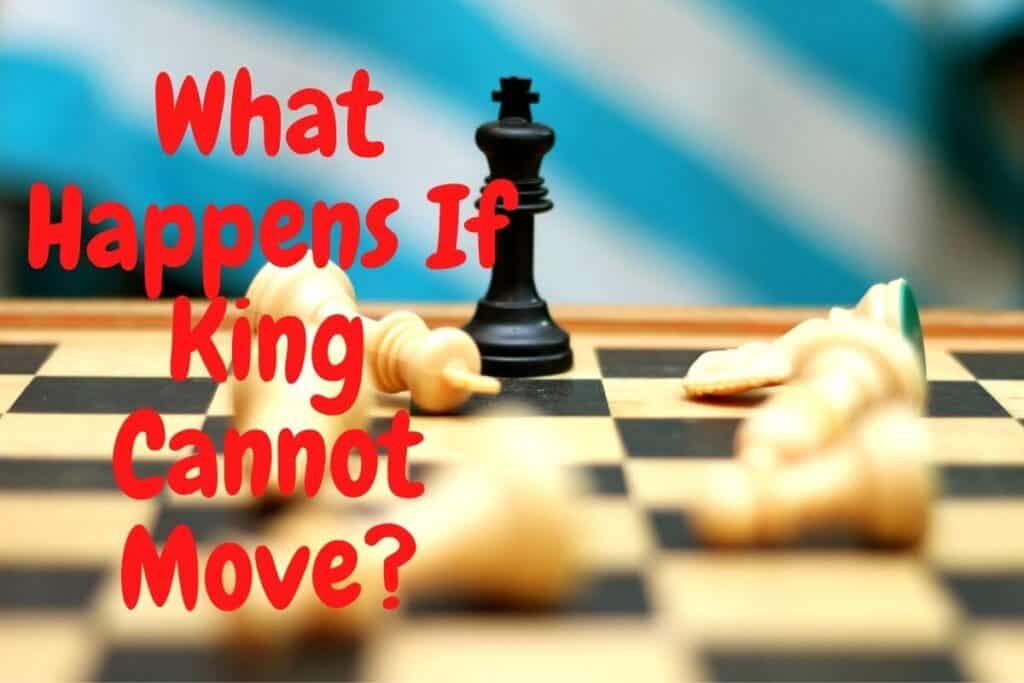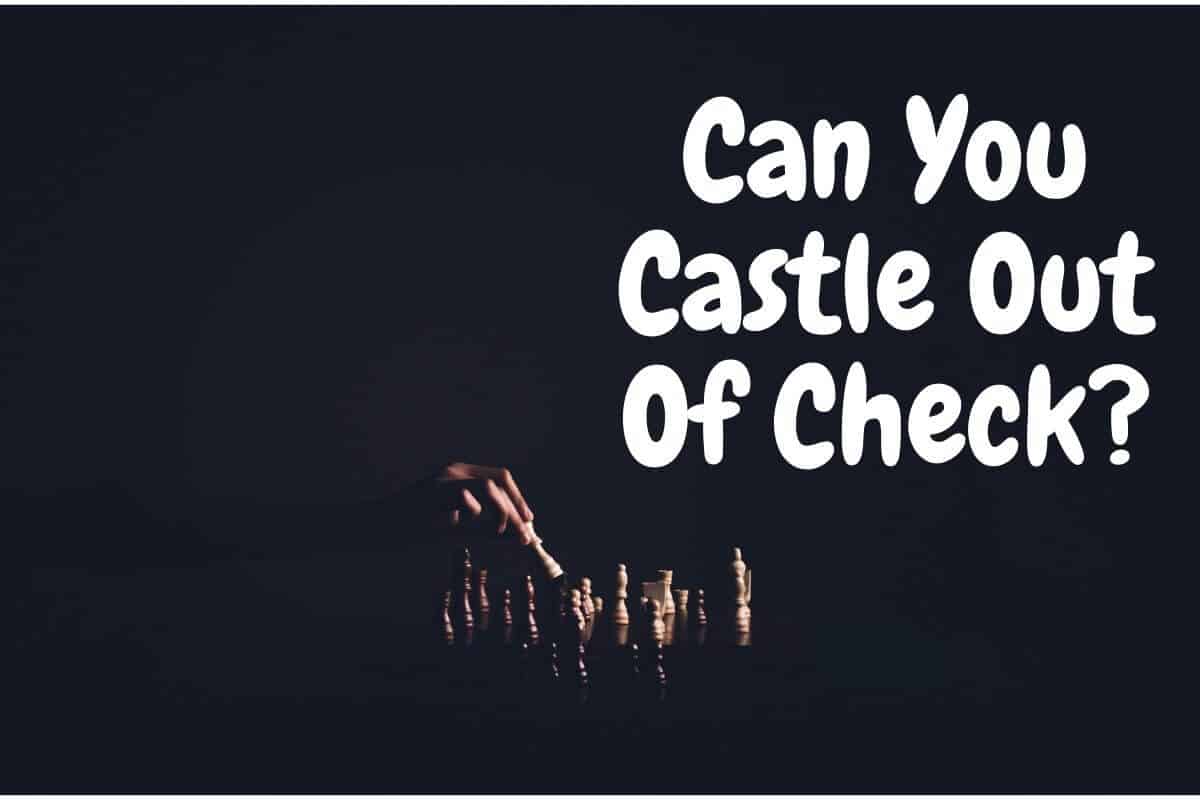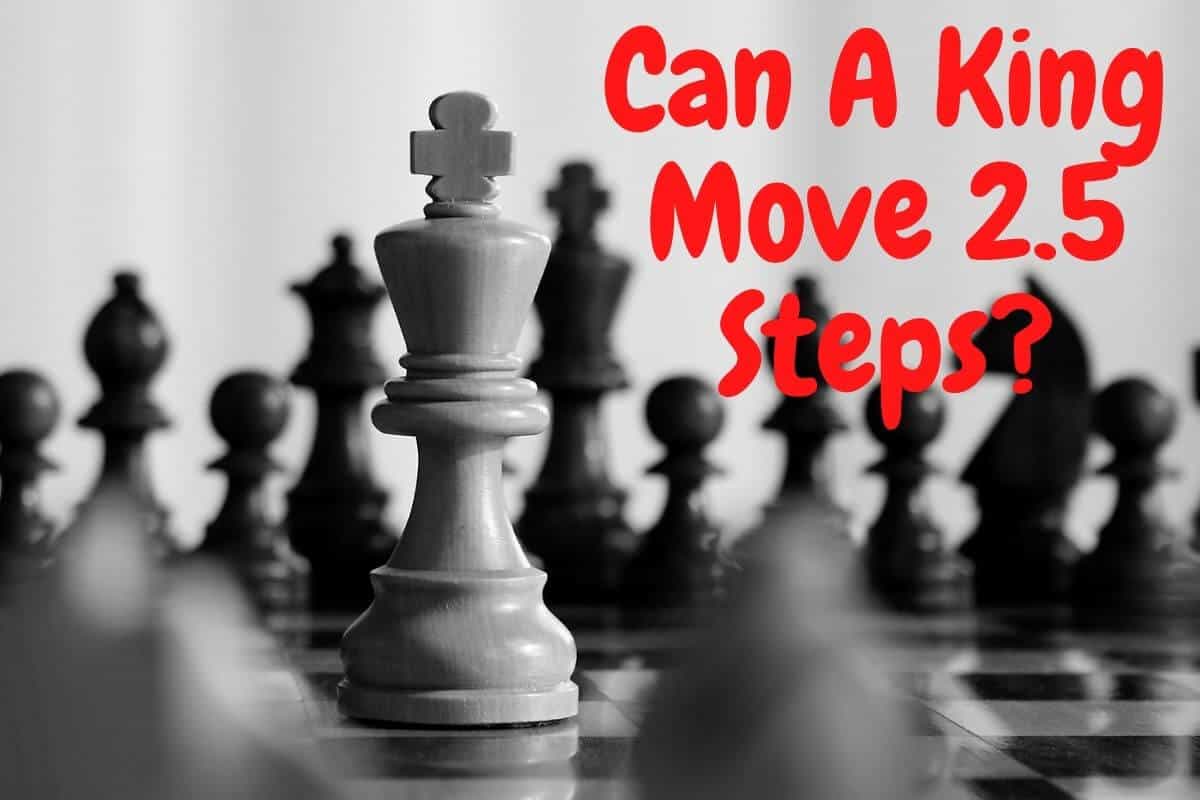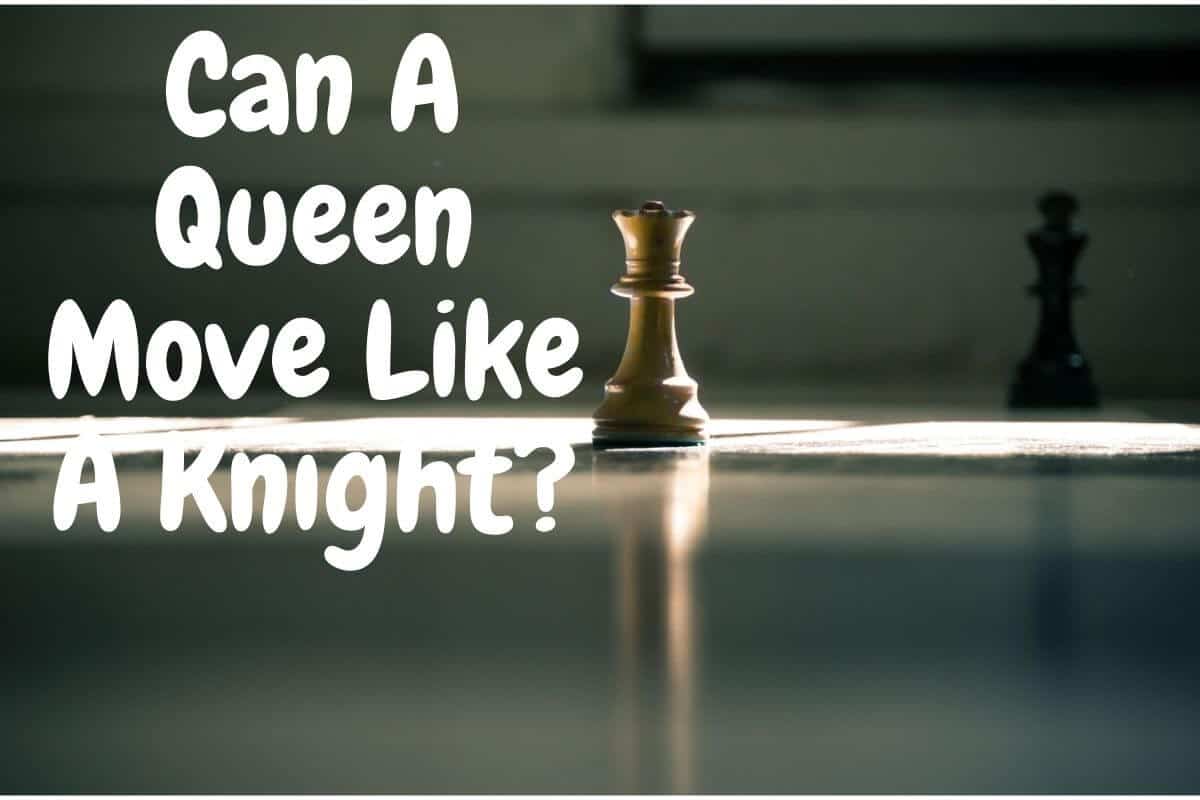The king is the most important piece in chess simply because it’s capture represents the loss of a game. Therefore, the protection of our king should be our top priority.
There comes a point in our chess games where our king is exposed to mating threats and thus we should take the necessary precautions to avoid being checkmated. Some of the precautions may be to castle early or simply avoid moving the pawns that shelter the king.
The king should also be able to freely move about and not be restricted by it’s own pieces. This leads us to the question “What happens when a king cannot move in chess?
Now there are four events that happen when a king cannot move:
- The king cannot move because the game is stalemated
- The king cannot move because of checkmate
- The king is in check and has no way to escape the threat but to sacrifice a piece.
- The king has no legal squares (not in check nor stalemate)
Let’s have a deeper look at what happens in each event
1. The King cannot move because of stalemate
The word stalemate in chess refers to a special case in which a player is left with no other legal moves, but he or she isn’t in check. The game is drawn when such phenomenon occur.
Players of all levels have once in their life time run into the dreadful stalemate. This usually occurs in the endgame.
You should NOT let this happen to you if you are the player with the advantage (either material up, or advantage in activity).
When your opponent has only a king and say you have both a king and a queen, you should carefully deploy your pieces onto the right squares and deliver checkmate. Once you bare this in mind and pay keen attention, I promise you will never fall for stalemate again.
2. The King cannot move because he is in checkmate
Checkmate happens when the opponent’s king can’t escape an incoming attack or defend himself.
So whenever the king cannot move, it’s probably because he is under check and has no other legal moves on the chessboard. The game is over.
Please note the difference between a checkmate and a stalemate for a lot of beginner players confuse these terms. Checkmate happens when the king is under check and has no legal moves to escape the threat, while stalemate happens when it’s your turn to move but you have no legal moves on the chessboard (the king is NOT in check)
3. The king is in check and has no way to escape the threat but to sacrifice a piece
If a player cannot move his king away from an incoming threat, then he should find means to protect his king. Sacrificing a piece can help accomplish this goal and thereby postponing checkmate for another day.
4. The king has no legal squares (not in check nor stalemate)
Our final event occurs when the king has no legal squares to move but is not in check nor is the game stalemated. One reason for this happening his that his own pieces could be restricting his movement or perhaps the opposing side as well.
These types of positions are typically bad because our king should always have breathing space. In such event all it takes is one final blow from the opponent and it’s game over.



